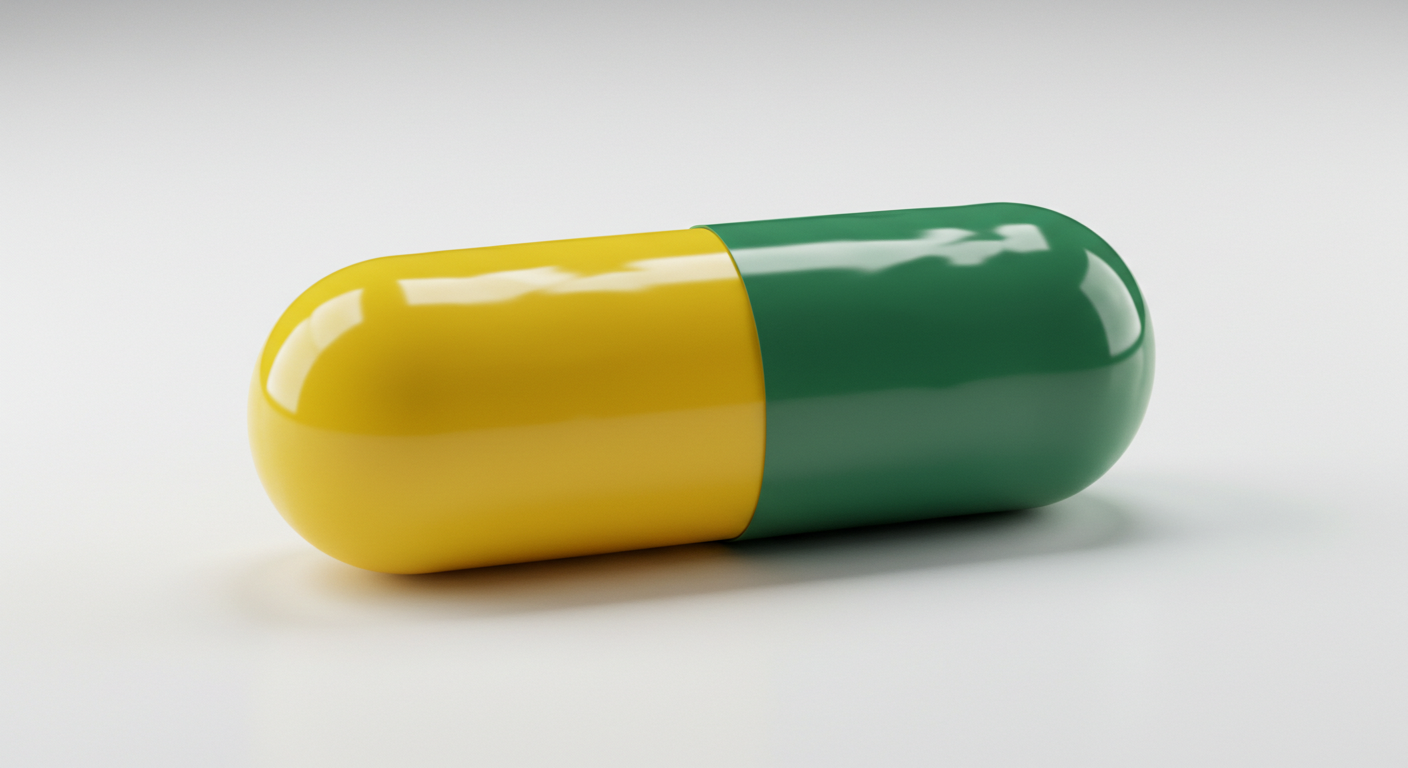Contents

Tramadol: An Effective Solution for Dental Pain
Dental pain is an experience most people have had at some point in their lives. Whether it's a throbbing toothache, increased sensitivity, or post-operative pain, dental pain can be extremely uncomfortable and debilitating. Among the many options available to manage this pain, Tramadol has emerged as a popular and effective choice. This article explores the use of Tramadol for dental pain management, its benefits, potential risks, and considerations to take into account before using it.
What is Tramadol?
Tramadol is a synthetic opioid analgesic used to treat moderate to severe pain. Unlike traditional opioids like morphine or codeine, Tramadol acts not only on the brain's opioid receptors but also on neurotransmitters like serotonin and norepinephrine. This dual action allows Tramadol to relieve pain while having a different profile of dependence and side effects than other opioids.
Why Use Tramadol for Dental Pain?
Dental pain can be caused by various factors, including cavities, infections, trauma, or surgical procedures. Tramadol is often prescribed for these types of pain due to its ability to act quickly and effectively. Here are a few reasons why Tramadol is a wise choice for dental pain:
- Effectiveness: Tramadol begins to work within an hour of ingestion, providing rapid pain relief. This quick onset is particularly beneficial for acute and intense pain.
- Lower Risk of Dependence: Compared to other opioids, Tramadol has a lower risk of dependence. This makes it a safer option for patients requiring short-term treatment.
- Versatility: Tramadol can be used alone or in combination with other analgesics, such as acetaminophen or nonsteroidal anti-inflammatory drugs (NSAIDs), for more comprehensive pain management.
How to Use Tramadol
Tramadol is available in tablets, capsules, and injectable solutions. The dosage depends on the severity of the pain and the doctor's recommendations. It is crucial to follow the prescription instructions to the letter to avoid overdose and side effects.
Dosage
The usual initial dose is 50 to 100 mg every 4 to 6 hours as needed. Extended-release forms may be taken less frequently, usually every 12 hours.
Duration of Treatment
Tramadol is generally prescribed for short periods, often from a few days to a week, to avoid the risks of dependence and tolerance.
Side Effects and Precautions
Although Tramadol is generally well-tolerated, it can cause side effects. The most common include:
- Nausea and vomiting: These effects can be mitigated by taking the medication with food.
- Dizziness and drowsiness: It is not advisable to drive or operate heavy machinery while on this treatment.
- Constipation: A common side effect of opioids, which can be managed with dietary changes and laxatives.
- Risk of Dependence: Although lower than for other opioids, the risk of dependence still exists. It is important not to increase the dose without consulting a doctor.
Contraindications
Tramadol is not recommended for everyone. Individuals with a history of substance dependence, respiratory disorders, kidney or liver problems, or those taking certain medications (like MAO inhibitors) should avoid Tramadol or use it with extreme caution.
Alternatives to Tramadol
For those who cannot take Tramadol or prefer non-opioid options, several alternatives are available:
- Acetaminophen and NSAIDs: These analgesics can be effective for mild to moderate pain.
- Local Anesthetics: Used by dentists to numb the painful area.
- Alternative Therapies: Techniques such as acupuncture or herbal treatments may offer complementary relief.
Conclusion
Tramadol is a valuable tool in the arsenal of treatments for dental pain. Its effectiveness, rapid onset of action, and relatively low-risk profile make it a popular choice among healthcare professionals and patients. However, as with any medication, it is essential to use it under medical supervision and to adhere to the dosage recommendations. In case of dental pain, it is always best to consult a dentist for an accurate diagnosis and an appropriate treatment plan. Pain management is an important component of the healing process, and Tramadol can play a key role in this journey.
